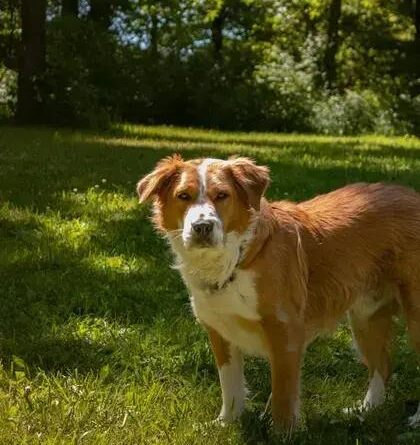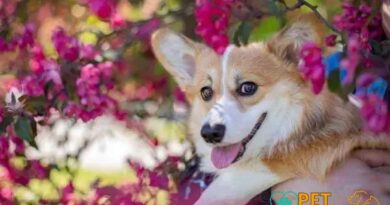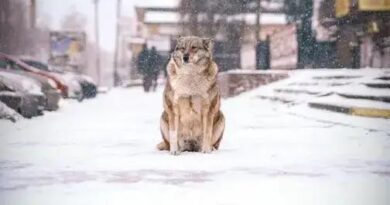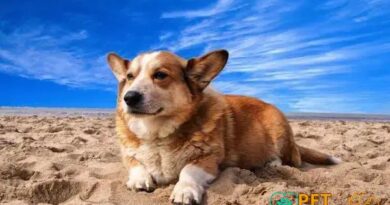Curiosities about the Kooikerhondje: Discover This Rare Breed’s Secrets
Curiosities about the Kooikerhondje are as fascinating as this rare breed itself. Known for their unique physical traits and rich history, these dogs have much to offer. Understanding their personality and behavior can deepen your appreciation for them. Let’s dive into some intriguing facts that make the Kooikerhondje truly special.
History and Origin
The Kooikerhondje is a breed that traces its history back to the Netherlands in the 16th century. Recognized for its role as a duck decoy dog, this small spaniel-like breed was a favorite among Dutch nobility and farmers. Its name, derived from the Dutch words ‘kooiker’ (decoy man) and ‘hond’ (dog), reflects its primary function in duck decoying.
Historical records and paintings from the Dutch Golden Age depict the breed alongside hunters and their families, showcasing its importance and prevalence during that time. Despite its near extinction during World War II, dedicated breeders played a critical role in reviving the Kooikerhondje. Through their efforts, the breed was officially recognized by various kennel clubs in the late 20th century.
The breed’s resurgence in popularity led to increased attention from dog enthusiasts worldwide, preserving its rich heritage and unique characteristics for future generations. The Kooikerhondje’s history is a testament to its resilience and enduring appeal.
Unique Physical Traits
The Kooikerhondje is a captivating breed, renowned for its striking and unique physical traits. One of the most notable features is their distinctive coat. They boast a medium-length, feathery coat that comes primarily in white with orange-red patches. This coloration not only adds to their beauty but also makes them easily recognizable.
Another remarkable characteristic is their expressive eyes. Large, almond-shaped, and typically dark brown, these eyes exude intelligence and alertness, giving the Kooikerhondje a lively appearance. Additionally, the breed has well-plumed ears, often adorned with black tips that are referred to as ‘earrings,’ adding a touch of elegance.
In terms of build, the Kooikerhondje is considered a small to medium-sized dog, typically weighing between 20 to 30 pounds and standing about 14 to 16 inches at the shoulder. Their athletic, graceful frame makes them agile and capable of excelling in various physical activities and dog sports.
Tail
Their tail is another standout feature. It is well-feathered and carried in a cheerful curve, often described as a ‘wave’ when in motion. This tail is almost always in motion, reflecting the Kooikerhondje’s joyful and energetic nature.
Feet and Legs
Their legs and feet are sturdy and well-formed, designed for both speed and endurance. This physical trait allows them to be excellent hunting companions, particularly in the waterfowl hunting they’ve historically been known for.
Personality and Behavior
The Kooikerhondje is known for its cheerful and lively personality. They are incredibly playful and enjoy activities that engage their minds and bodies. These dogs are also friendly and affectionate with their families, making them excellent companions. However, they can be slightly reserved around strangers, so early socialization is key.
One of the key traits of this breed is its intelligent and alert nature. Kooikerhondjes are quick learners and often excel in obedience and other dog sports. Despite their intelligence, they can sometimes exhibit a stubborn streak, so consistent training is important.
This breed also has a strong hunting instinct, inherited from their history as duck decoy dogs. They have a natural tendency to chase and investigate, which means a secure yard is a must. In general, the Kooikerhondje thrives on having a job to do and benefits from a variety of activities to keep them mentally stimulated.
The Kooikerhondje is known for being particularly loyal and protective of their families. They are often good with children and can form strong bonds with their human companions. However, due to their energetic nature, they require regular exercise to maintain their happiness and health.




